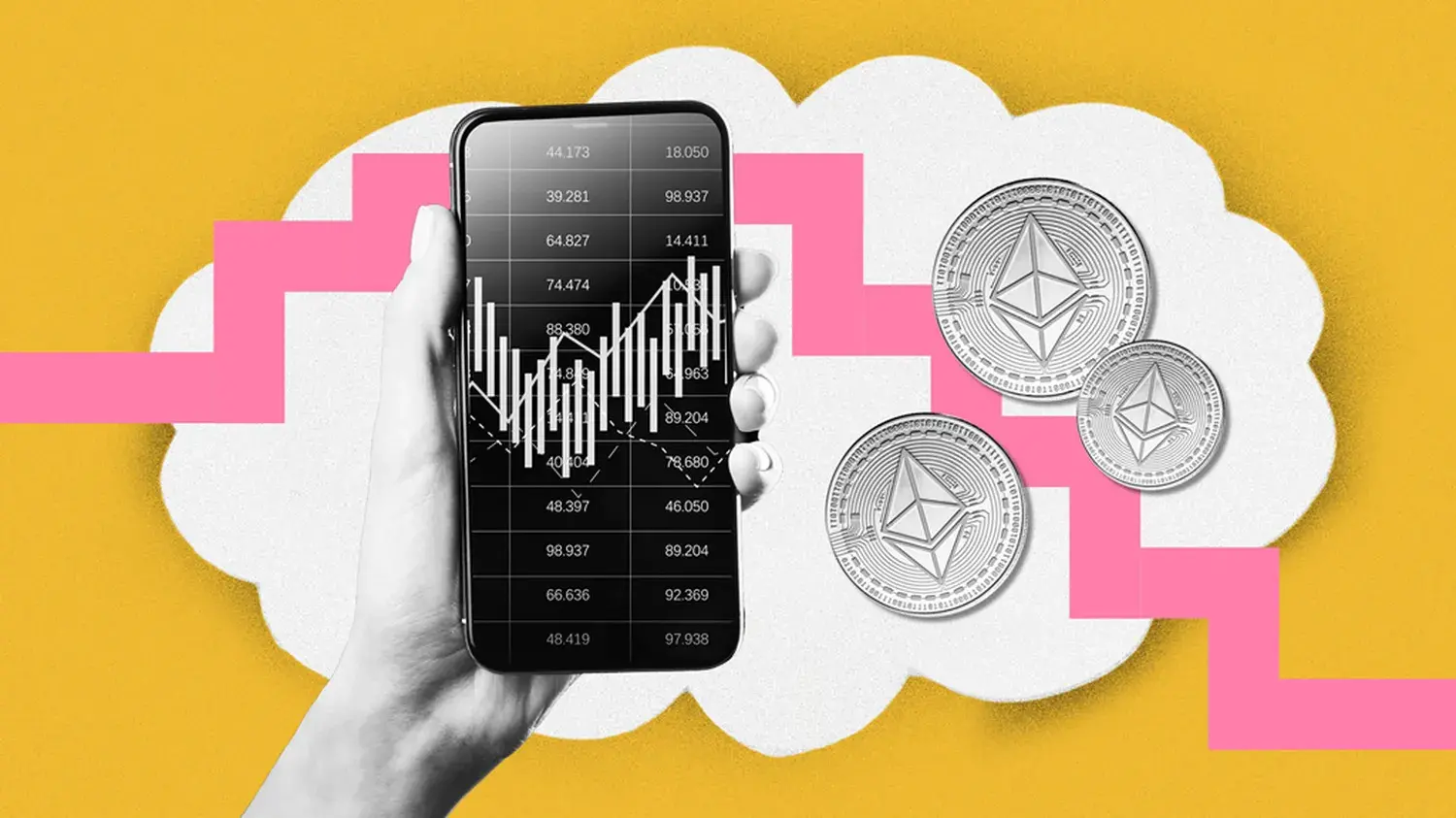Interpretation of the Latest Unicorn IPO Rules by Virtuals — The Crypto Version of the Shang Yang Reform
Interpretation of Unicore's new token launch rules and long-term analysis of Virtuals ecosystem layout.
Interpretation of Unicore New Launch Rules + Long-term Analysis of the Virtuals Ecosystem.
Written by: Biteye Core Contributor @anci_hu49074
It has been a week since the 1011 crash. Not only did it set a record for the largest liquidation in history at $20 billions, but this brutal plunge also made many KOLs reflect on a painful fact of this bull market—the absence of Builder faith, rampant pump-and-dump schemes, and the increasing casino-like nature of the crypto space.
“The problem is that the overall crypto environment has undergone structural changes, and the cypherpunk spirit has been completely abandoned!”
“Why does the market always crash after every MEME frenzy, no matter what comes next? Think about it. I hope everyone remembers this and makes good use of it in the future.”
Against this backdrop, Virtuals, which has always “strictly governed its ecosystem,” has launched new Unicorn launch rules. In addition to addressing fair launch issues such as bot sniping, the main focus is on attracting and supporting outstanding AI projects, aiming to restore some hope and ground for the “cypherpunk spirit” among Builders.
What are the highlights of the Unicorn launch rules?
The launch of Unicorn will completely end the previous Genesis launch rules, with the following changes between the two.
For investors:
1. The points system has been canceled, and everyone can participate in purchases.
2. For the launch price, a dynamic price curve based on FDV is adopted.
The lower the funds raised by the project, i.e., the lower the current FDV, the lower the launch price; conversely, when the project is hot and FDV is high, the price will be adjusted upward. This requires investors to thoroughly research the project and accumulate enough chips before the FDV rises too high.
3. To address front-running, a Decaying Tax mechanism is introduced.
In the first 100 minutes after a project launches, a buyer tax will be charged, with the tax rate linearly decreasing from 99% to 1% (about 1% per minute). This means that if you rush in during the first minute, $99 out of every $100 you trade will be taxed. This makes it unprofitable for front-running bots.
However, combining point 3 with point 2 creates a problem: if you wait until after the tax decay period to buy in, the FDV may already be very high, and the price will rise accordingly. Investors need to find a suitable entry balance point.
4. Airdrop: Each project will allocate 5% for community airdrops.
Of this, 2% is allocated to $VIRTUAL stakers; 3% is allocated to active ecosystem users, with reference dimensions possibly including trading volume, ACP participation, Butler interactions, etc.
5. Support for 3x leverage long/short trading
This provides investors with more trading tools, while also amplifying rewards and penalties for Builder projects and Rug projects.
For project teams:
1. 50% of tokens are allocated to the founding team, but will be unlocked based on FDV.
25% are locked long-term (or unlocked when FDV reaches $160 millions), and after unlocking, will be linearly released over 6 months.
25% is used for linear fundraising: these tokens will be gradually sold via on-chain limit orders as the project’s FDV grows from $2 millions to $160 millions, providing the team with continuous cash flow.
2. The founding team is allowed to purchase tokens from the public launch pool (45%), with no cap and fully on-chain and public.
These tokens by default follow a 1-month lock-up and 12-month linear release rule, meaning capable founding teams can publicly buy their own tokens to demonstrate long-term confidence to the community.
From Genesis to Unicorn, the Ambition of Crypto’s Shang Yang
As mentioned earlier, Virtuals “strictly governs its ecosystem,” and this strictness was mainly reflected on the user side during the Genesis period: retail investors who wanted to make money on Virtuals had to pass various “loyalty tests”—holding and staking, frantically accumulating points, and not being able to sell at will, or else they’d be thrown into jail, labeled as jeet, and forever miss out on airdrops and points.
However, the downside of “rolling the users” quickly became apparent, as the points system soon led to farming, which in turn brought point inflation and user fatigue.
Therefore, it is clear that Virtuals is gradually shifting its focus and turning its strictness toward project teams:
- Last month, Virtuals launched ALE (Agent Liquidity Engine) as the core metric for evaluating Agent performance, focusing on whether the product solves real problems, has sustainable revenue, and whether the team can continuously channel revenue back into the ecosystem.
- The official rule states that any AI Agent participating in ACP that fails 10 times in a row will be automatically “downgraded” by the system, ensuring that the ACP platform always maintains a high standard of agent service.
This time, the launch of the Unicorn mechanism sets up multiple hurdles for project teams—making it impossible for Rug projects to hide, while giving quality projects a chance to shine. All of this is to ensure that every project coming to Virtuals must have a long-term commitment, ultimately leaving the ecosystem with the best AI projects.
We can no longer view Virtuals as just a Launchpad
The essence of a Launchpad is a token-issuing machine; digging deeper, it is a small Dex, with activity and liquidity as its sources of revenue. Usually, Meme sentiment is its foundation, but sentiment is inherently fleeting and unpredictable, so most Launchpads are doomed to be short-lived.
From its inception, Virtuals cleverly limited its project scope to AI Agent projects, and vigorously incubated hit projects like AIXBT, improving the tone and quality of AI Agents within the ecosystem, striving to shed the AI Meme label and foster a Builder ecosystem atmosphere.
After accumulating a certain number of quality projects, Virtuals launched the ACP plan, aligning with the current MCP framework’s narrative of multi-AI Agent communication and collaboration—this is also the main industry approach to how AI Agents work and solve real problems.
However, the previously high-profile ACP framework’s AI hedge fund Axelrod failed to meet expectations after much anticipation, so Virtuals’ ACP business did not make much of a splash. But there’s no need to be discouraged, as even traditional AI giants have not truly succeeded or matured in the multi-Agent system path. Therefore, Virtuals has launched Butler on the user side to provide more public education and communication windows for ACP, while continuing to explore with various AI Agents within the ecosystem.
At present, the direction of multi-AI Agent collaboration represented by ACP is still widely recognized as having future potential, and a breakthrough could be comparable to the ChatGPT moment. But to truly achieve this goal, in addition to further optimizing the network design, more breakthroughs in Agent capabilities are needed. Therefore, Virtuals aims to leverage the advantages of its Launchpad to attract outstanding AI Agent projects to its network.
What is the wealth effect for retail investors?
No matter how grand the ambition, it cannot do without a mass foundation. For ordinary users, this Unicorn upgrade still brings several positives:
1. With various official policies, the quality of projects on the platform is expected to improve.
2. The points system has finally been canceled, so there’s no need to compete anymore.
3. Leverage trading is now available, providing more tools to amplify gains and limit losses.
Of course, on the other hand, the dynamic price curve based on FDV and the tax mechanism also make timing entry more challenging.
Unfortunately, given the current turbulent macro environment, the first few projects launched on Unicorn have not yet managed to replicate the obvious wealth effect seen during the Genesis period. However, water flows slowly but surely; in the long run, once the market turns, the new launch potential on Unicore remains huge.
Most importantly, this Unicorn upgrade by Virtuals injects a rare dose of crypto-cyber faith into Builders during this relatively sluggish period, giving us more to look forward to—more AIXBT moments, and the hope that ACP will have its own ChatGPT moment.
Disclaimer: The content of this article solely reflects the author's opinion and does not represent the platform in any capacity. This article is not intended to serve as a reference for making investment decisions.
You may also like
Federal Reserve's Major Shift: From QT to RMP, How Will the Market Transform by 2026?
The essence of RMP, the mystery surrounding its scale, and its impact on risk assets.

Questioning the Necessity of Gas Futures: Does the Ethereum Ecosystem Really Need Them?
How did the Do Kwon trial trigger an 1.8 billion USD speculative frenzy?

